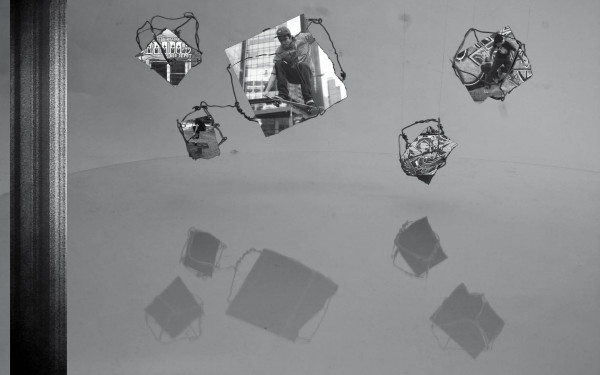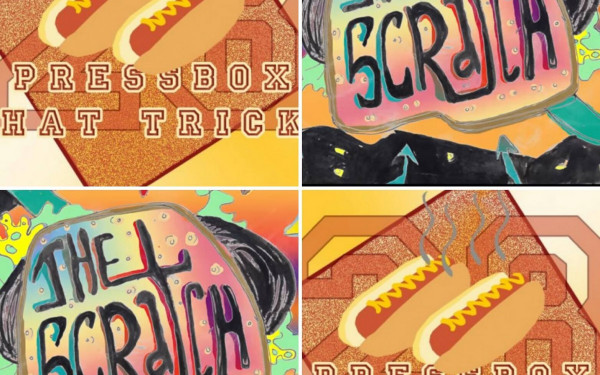Don’t Stop, Won’t Stop
Laws and Stoppers Will Not Jam Skate Culture
When your main mode of transportation is a wooden plank, metal trucks, four wheels and a death wish, the mainstream populace doesn’t really like you around so much.
When skaters try to lob frontside flips on someone’s turf, a big man with big authority has orders to get them out of sight. But I have no qualms with the security guard that’s doing his job—my qualms are with the people upstairs making the rules.
The city of Montreal’s effort to curb the growing skateboard sub-culture isn’t new. Endless battles to legitimize skateboarding at Peace Park—a well-known meeting place for skateboarders at the corner of Ste. Catherine Street and St. Laurent Boulevard that has been showcased in many skate magazines, such as Thrasher and TransWorld Skateboarding—still rage to this day.
But skateboard activism is still strong in Montreal. This summer, the skate brand Emerica organized Wild on the Streets, a rally of skaters for a street takeover in efforts to make city officials recognize that prejudice against skateboarders will not be tolerated. Hundreds showed up.
According to the city, skateboarding is a prohibited form of travel. The Service de Police de la Ville de Montréal have the right to hand out tickets to people who choose a skateboard as their main mode of transportation.
Ibrahim Wa, a finance student at the John Molson School of Business, experienced the brunt of this discrimination.
“After such a terrible session, [a crew of five skaters, including myself] were skating on the bike path just wanting to go home and a cop screeched on the bike path and cut us off and told us to get off,” he said.
Wa had also been a victim of unreasonable fines for simply partaking in his passion for skateboarding. The SPVM issued him a $315 fine for skating at a well-known skate spot in Square Victoria, which has the perfect architecture for skateboarding.
Laws aren’t the only things made to keep skaters from skating. For example, the benches in Norman Bethune Square are designed with an awkward piece of metal sticking out of it. It has no logical purpose other than to stand as an act of defiance against those deemed as the derelicts of Montreal by a gentrifying society.
The black shard of metal stops skaters from busting out backside tailslides, and homeless people from getting some shut eye. Hell, you can’t even get cozy with a date without being jabbed in the side.
So do heavy fines and skate-stoppers make guys like Wa love skateboarding less? Hell no. That’s half the essence and all the beauty of it. When we ride through a city, we see a sea of possibilities. With some tools, wax and a keen imagination, we create a skate-spot for anyone else that loves to do what we do.
And that’s what Montreal, a city trying to smother its reality with noise, skate and pollution laws, is forgetting. Dubbing certain social cliques as outcasts doesn’t mean they disappear.
New rules will never curb our freedom to do what we want. The wisest thing to do is to accommodate people, rather than suppress them.
This article originally appeared in Volume 31, Issue 06, published September 21, 2010.

__900_600_90.jpg)
_1_900_600_90.jpg)
_2_900_600_90.jpg)
__900_600_90.jpg)
_600_832_s.png)


1_600_375_90_s_c1.jpg)

2_600_375_90_s_c1.jpg)